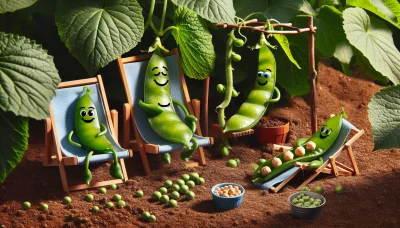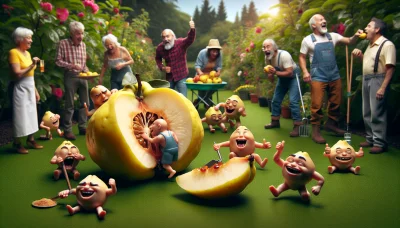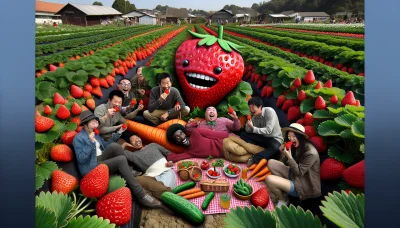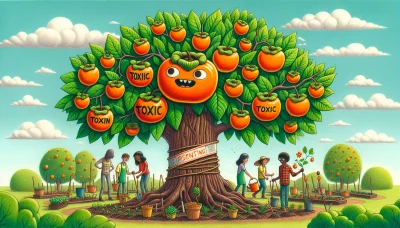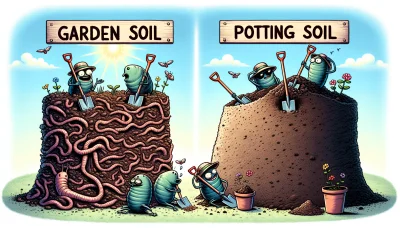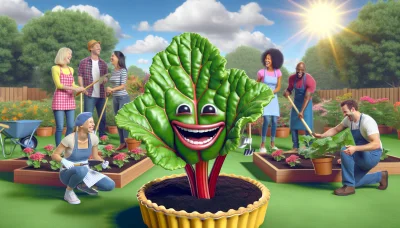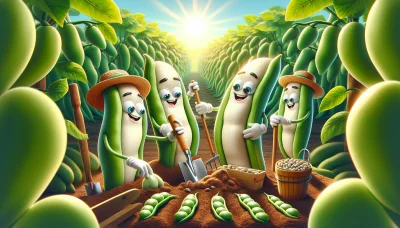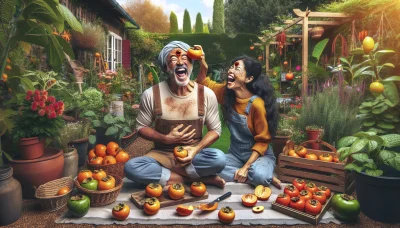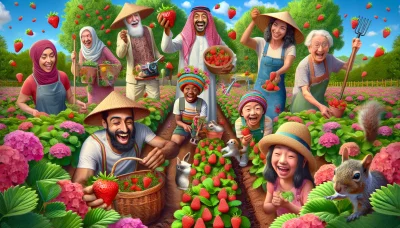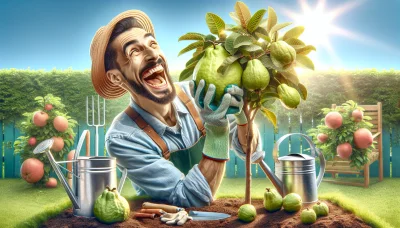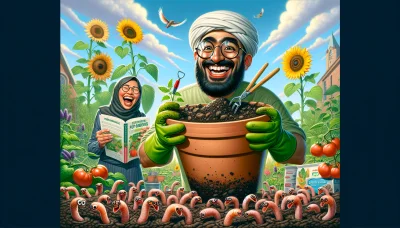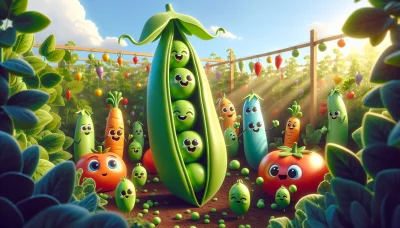Rambutan taste Quiz
Test Your Knowledge
Question of
Exploring the Unique Taste of Rambutan
Rambutan, a tropical fruit native to Southeast Asia, is gaining popularity among gardening enthusiasts around the world for its unique taste and attractive appearance. Known for its hairy exterior and sweet, juicy flesh, the rambutan tree is an exciting addition to any garden or greenhouse that can support its growth. This exotic fruit not only offers a delightful culinary experience but also serves as an interesting conversation starter for those interested in diverse gardening projects.
What Does Rambutan Taste Like?
Rambutan has a unique taste that is often described as sweet and creamy, similar to grapes but with a slight floral undertone. The texture is juicy and somewhat firm, akin to a grape or a lychee. When you bite into a rambutan, the flesh is pleasantly sweet with a hint of acidity, making it a refreshing treat. The fruit is encased in a hairy shell, which, once removed, reveals the edible, translucent flesh that clings to a central seed.
How to Grow Rambutan Trees
- Select a suitable location that gets plenty of sunlight and has good drainage.
- Ensure the soil is rich in organic matter; amend with compost if necessary.
- Plant rambutan seeds or saplings, spacing them about 10 to 20 feet apart to allow for growth.
- Water the plants regularly, keeping the soil consistently moist but not waterlogged.
- Apply a balanced fertilizer every few months to provide necessary nutrients.
- Prune the tree annually to maintain its shape and remove any dead or diseased branches.
- Protect the trees from pests and diseases by using organic pesticides and fungicides as needed.
- Harvest the fruits once they are ripe, which is typically indicated by a change in color.
Harvesting and Storing Rambutan
Rambutan harvesting should be done when the fruits are fully ripe, as they do not ripen further once picked. Look for a vivid red or yellow skin color, depending on the variety, and a slightly soft texture. It's best to use scissors or pruners to cut the fruit from the branch to avoid damaging the delicate skin. For storing rambutan, keep them in a perforated plastic bag in the refrigerator to maintain freshness. They can last up to two weeks when stored properly. Avoid washing the fruits until you are ready to eat them to prevent moisture, which can lead to spoilage.
Health Benefits of Rambutan
- Rich in Vitamin C, which helps in boosting the immune system.
- Contains a good amount of fiber, aiding in digestion and preventing constipation.
- High antioxidant content helps in fighting free radicals and reducing inflammation.
- Provides iron which is crucial for maintaining healthy blood and preventing anemia.
- Low in calories, making it a healthy snack option for weight management.
- Contains small amounts of copper, which supports nerve function and healthy bones.
- Has a hydrating effect due to its high water content, beneficial for skin health.
- Potassium-rich, which helps in managing blood pressure levels.
Rambutan Recipes for Gardeners
| Recipe Name | Ingredients | Preparation Steps |
|---|---|---|
| Rambutan Salad | Rambutan, mango, mixed greens, red onion, lime, olive oil, salt, pepper | 1. Peel and pit rambutans and mango. 2. Slice rambutans, mango, and red onion. 3. Toss with mixed greens. 4. Dress with lime juice, olive oil, salt, and pepper. |
| Rambutan Smoothie | Rambutan, banana, coconut milk, honey, ice cubes | 1. Peel and pit rambutans. 2. Blend rambutans, banana, coconut milk, honey, and ice until smooth. |
| Rambutan Salsa | Rambutan, tomato, onion, jalapeño, cilantro, lime, salt | 1. Peel and pit rambutans, chop finely. 2. Dice tomato and onion. 3. Mince jalapeño and cilantro. 4. Mix all ingredients, squeeze lime, and season with salt. |
Common Challenges in Growing Rambutan
Growing rambutan trees can be a rewarding endeavor, but gardeners often face several challenges. One of the primary issues is the climate requirement; rambutan trees thrive in tropical conditions and can be sensitive to temperatures below 10°C, which can limit their growth in non-tropical regions. To overcome this, gardeners in cooler climates might consider greenhouse cultivation to maintain a consistent, warm environment. Another challenge is pest and disease management, as rambutan trees are susceptible to pests like fruit flies and diseases such as root rot. Implementing organic pest control methods and ensuring proper drainage can help mitigate these issues. Additionally, rambutan trees require high humidity and well-distributed rainfall throughout the year; thus, in areas with dry seasons, regular watering and maintaining soil moisture are crucial for healthy growth. By addressing these challenges with informed strategies, gardeners can successfully cultivate rambutan trees and enjoy their delicious fruits.

